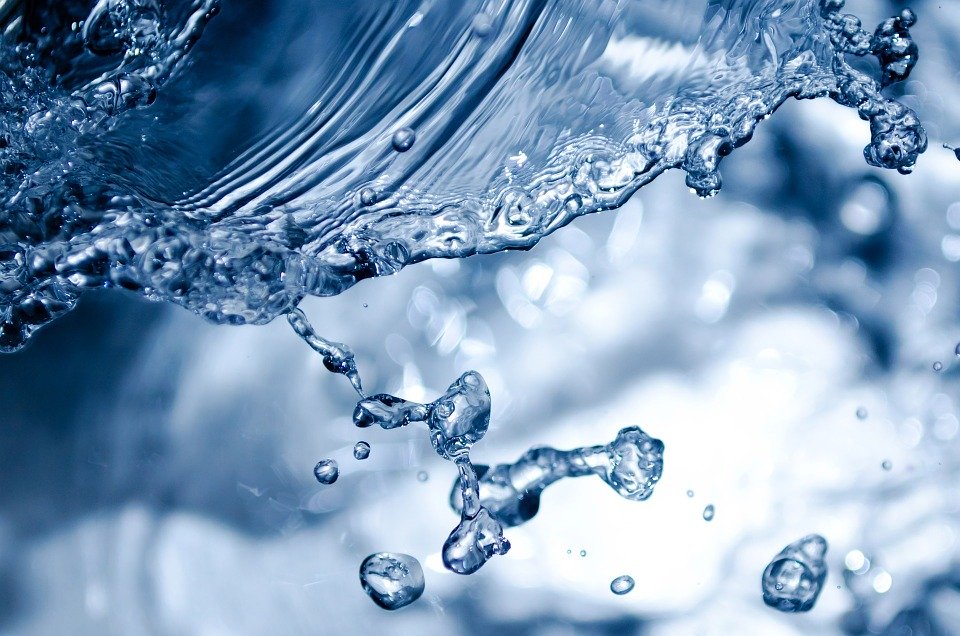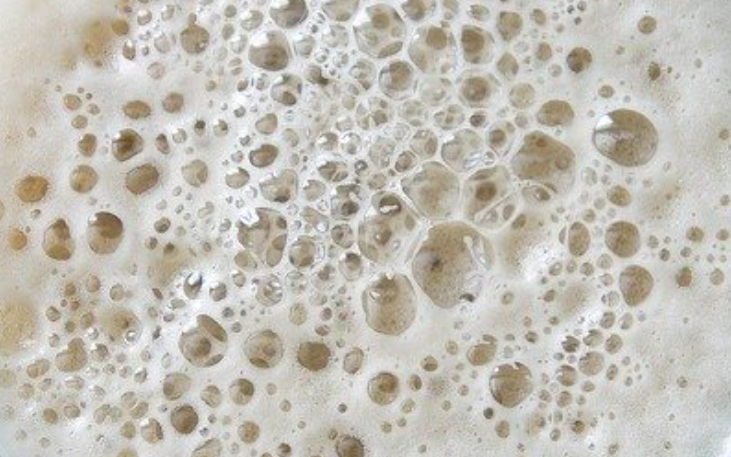How fire extinguishers work
by Ailsa Harvey · 31/12/2019
The science helping people to fight fires fast

To fight fire, first you need to understand what makes it burn. There are three main components that help keep a fi re going: fuel, oxygen and heat. Fuels can be any kind of combustible or flammable material. When extreme heat is applied to this fuel, a chemical reaction takes place with the oxygen in the air.
This chemical reaction produces water, carbon dioxide, other waste gases and a lot of heat. In order to put fi res out, one or more of the three main components needs to be removed. If you can cut off oxygen to the fire, it will stop burning – that’s why covering a burning pan with a fire blanket puts out the flames. Making the fuel cold will also work, which is why throwing water on a small fire will usually put it out. And if you stop adding fuel to a fire then it eventually burns itself out.
Fire extinguishers work well because they remove one or two of these components from the fire. There are different kinds of extinguishers depending on the type of fire you’re fighting. Using the right one is important, as is knowing the science behind how they work.
Extinguisher types

Water
The water quickly cools the fuel, stopping the fire by removing the heat. Spray it directly onto the fuel, not the flames.

Vapourising liquids
Vapour-based extinguishers smother the oxygen that fuels a fire. Extinguishers using halon are largely banned since halon was linked to ozone depletion.

Dry powder
This powder, often similar to baking soda, doesn’t burn. Instead, it smothers the fuel and removes the oxygen from the fire.

Wet chemical
The chemical is especially effective for putting out cooking oil fires, as it forms a soap-like solution that smothers the fire.

Foam
This foam is similar to the dry powder. When heated, it changes state and releases CO2 to help smother the fire.

Carbon dioxide
This extinguisher releases CO2 in gas form. CO2 is heavier than oxygen, so it displaces the oxygen that is fuelling the fire.
This article was originally published in How It Works issue 98, written by Stephen Ashby
For more science and technology articles, pick up the latest copy of How It Works from all good retailers or from our website now. If you have a tablet or smartphone, you can also download the digital version onto your iOS or Android device. To make sure you never miss an issue of How It Works magazine, subscribe today!





